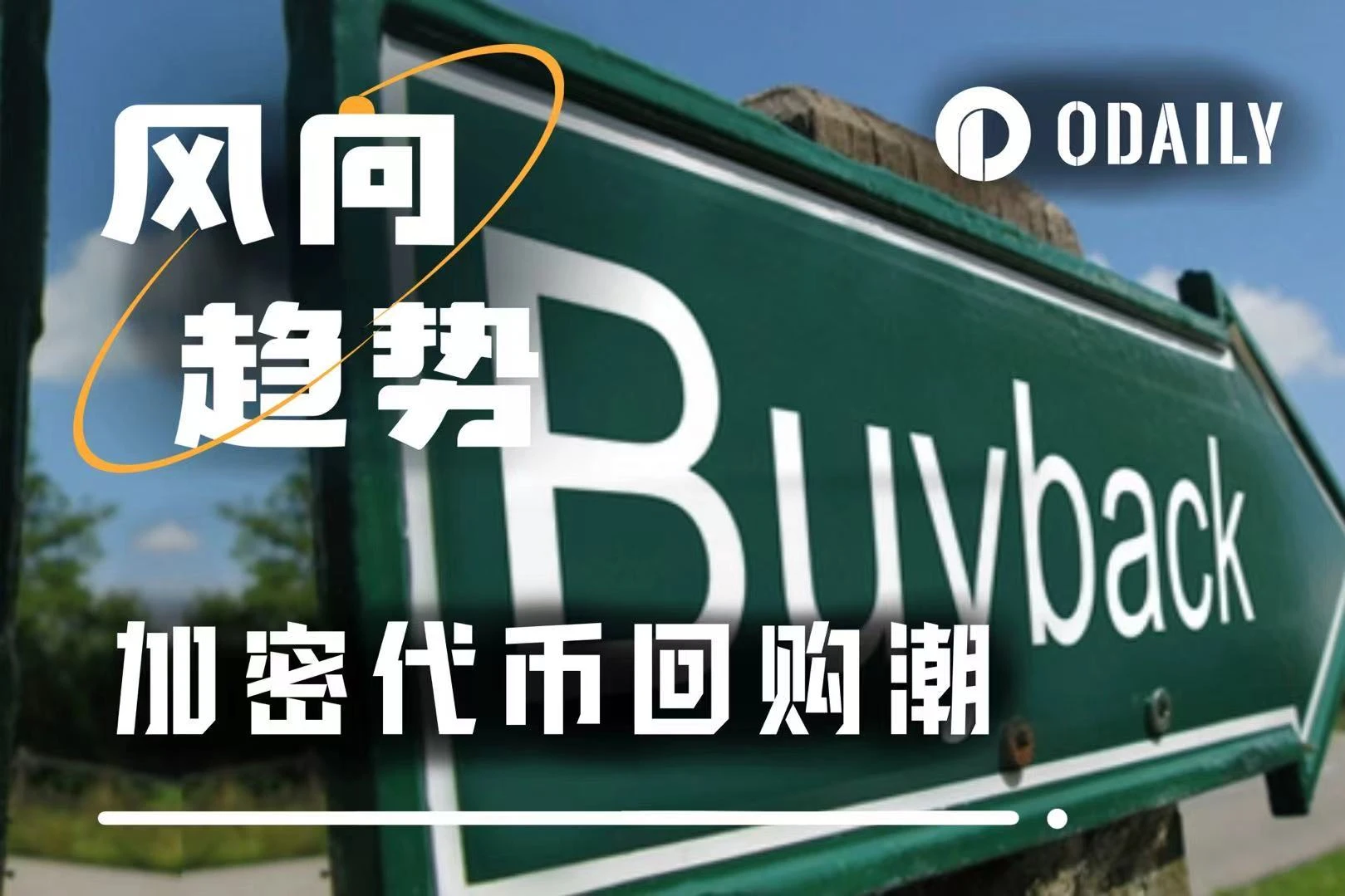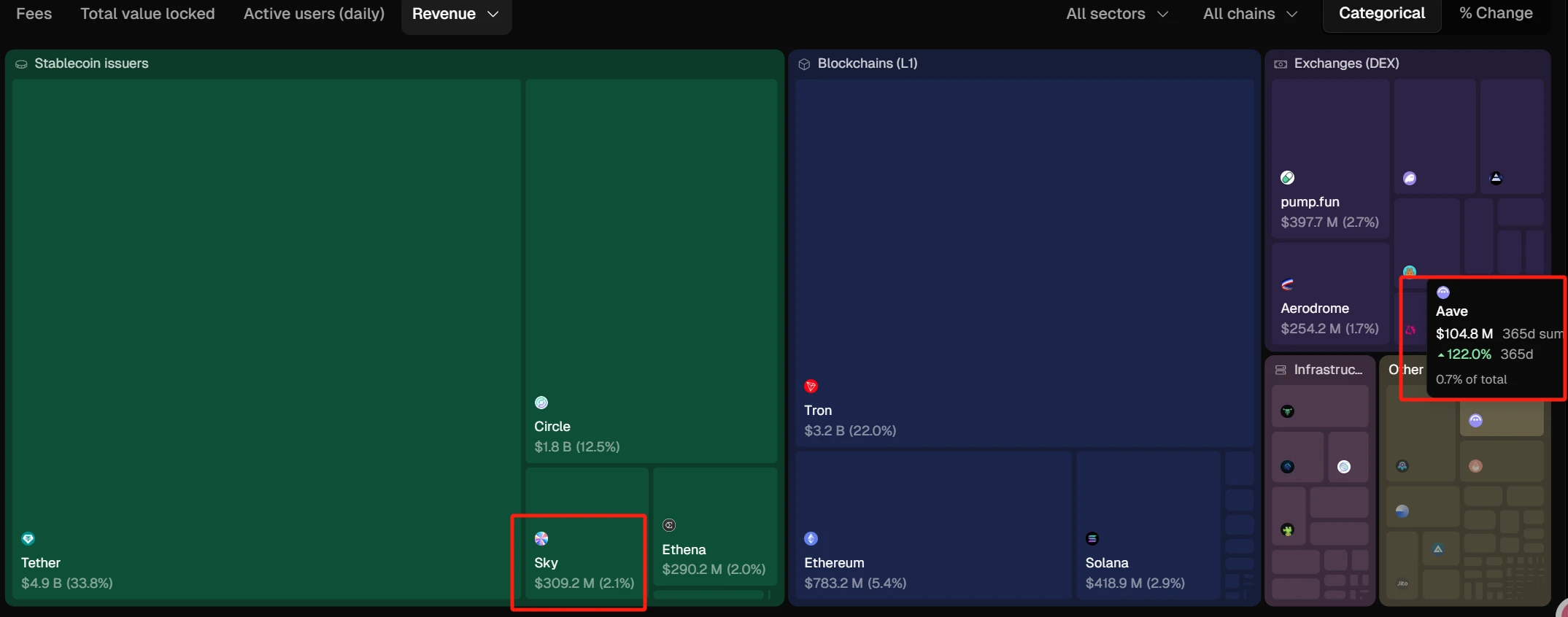Original | Odaily Planet Daily (@OdailyChina)

On June 19, CEO and founder Humayun Sheikh announced the launch of a large-scale buyback plan: the Fetch Foundation will collaborate with multiple exchanges and market makers to promote a buyback of FET tokens totaling $50 million. Behind this is the underlying support brought by the continuous growth in demand for its agent platform and the ASI-1 application. "FET is currently undervalued by the market," he stated bluntly.
This buyback plan is not an isolated case, but rather a trend that has become increasingly evident in the altcoin sector over the past few months. Funds are continuously flowing into BTC, and ETH has recently regained favor with whales and institutions, but the trading volume in the altcoin market has plummeted, and investor sentiment is weak. Project teams seem to have entered a collective "survival mode": In the context of difficult financing and shrinking valuations, how to survive and how to tell a story that can still be believed has become a common challenge for every project.
And token buybacks are becoming a common answer for more and more projects.
The Buyback Logic Under Survival Narrative
If the main theme of a bull market is the "growth story," then the bear market tells the "cash flow strength." Token buybacks are a natural extension of this logic: using the project's own funds to buy back circulating tokens, which reduces market selling pressure and stabilizes the token price; on the other hand, it is also a declaration to the outside world, "We still have the ability and confidence."
In this process, buybacks are not just market operations; they are also a financial "self-certification" mechanism. Only when a project has sufficient income and reserves can it dare to put real money on the line to "bet" on its future. For investors, this behavior itself is a testament to the project's value.
However, precisely because of this, only a small number of projects can sustain buybacks. Most projects can only mention "buybacks" in governance proposals or roadmaps, ultimately leading to nothing. How the buyback mechanism is designed, whether to destroy tokens, and whether to lock them up are certainly important, but the most critical factor is always: Do you have real, stable, and sustainable income?
The buyback plan of Fetch.ai originated from the surge in usage of its ASI-1 and agent platform. The platform's value is rising, but the token price has stagnated. The $50 million in funds comes from the foundation's reserves; this amount may not be enough to rewrite the price curve of FET, but importantly, if the plan is implemented, it will break the market's inherent impression of the project as "cash flow deficient."
Who is Buying Back?
After 2024, several established projects have successively launched or even executed buyback plans. Although the methods of buyback vary, the underlying motivation is highly consistent: Using cash flow to leverage confidence.
On April 9, 2025, the Aave buyback proposal passed with a support rate of 99.63%. The complete plan of this proposal is to buy back $1 million every week over the next six months, with the first buyback starting on April 10. Since the implementation of the protocol fee buyback mechanism, Aave DAO has continuously executed a buyback plan of $1 million per week. The latest data shows that the protocol has spent a total of $10 million to buy back 50,000 AAVE, with an average cost of $199.74. Based on the current market price of $264, this portion of the treasury reserves has generated approximately $3 million in unrealized gains. This is not only a capital operation but also reflects the execution power and cash flow health of the Aave DAO governance structure. (Further reading: Aave Economic Model Revolution: Anti-GHO Mechanism + Token Buyback, Helping AAVE Surge 20%)
On the other hand, Sky (formerly MakerDAO) co-founder Rune has used all 2 million USDS transferred to the buyback address for buying back SKY. Since June 4, Rune has used a total of 2.33 million USDS to buy back 30.227 million SKY, accounting for about 1.4% of its circulating supply, with an average buyback price of approximately $0.077.
On February 14, Jupiter announced that 50% of all protocol fees would be used to buy back JUP and lock it for three years, with the buyback officially starting on February 17. As of now, the JUP buyback is valued at approximately $25 million.
Hyperliquid started its buyback on March 20, using 50%-100% of its platform revenue to buy back HYPE tokens, with most of the bought-back tokens being destroyed to reduce circulation. According to buyback data, in the past 30 days, its buyback amount reached around $55 million, with an average daily buyback amount of $1.83 million. Based on this data, quarterly buybacks could reach $165 million, and at the current price of HYPE at $37, the buyback quantity is approximately 4.46 million tokens, accounting for about 1.3% of its circulating supply (333 million tokens).
From TokenTerminal data, Sky's annual revenue is around $310 million, making it the third highest in the stablecoin sector, only behind Tether and Circle. Of course, there is still an insurmountable gap between centralized and decentralized stablecoins in terms of revenue scale. Aave's revenue over the past year is around $100 million, ranking first in the lending sector.

According to data from defillama.com, Jupiter's annualized revenue is around $30 million. It is worth noting that although Hyperliquid is an emerging DeFi project, its revenue has reached $320 million over the past year. Such a scale indicates tremendous potential in the DeFi space; for more details, see Total Trading Volume of $1.5 Trillion Tops On-Chain Contract Throne, Is Hyperliquid (HYPE) the Next SOL?

Conclusion
Token buybacks are not a panacea, but in a period of scarce confidence, they are indeed an effective narrative entry point. Rather than continuing to rely on hollow "visions," "roadmaps," and "empowerment," it is better to regain market attention with solid income structures and clear financial actions.
The real competition is no longer about how grand a story you tell, but whether you can survive to tell it until the day it becomes a reality.
免责声明:本文章仅代表作者个人观点,不代表本平台的立场和观点。本文章仅供信息分享,不构成对任何人的任何投资建议。用户与作者之间的任何争议,与本平台无关。如网页中刊载的文章或图片涉及侵权,请提供相关的权利证明和身份证明发送邮件到support@aicoin.com,本平台相关工作人员将会进行核查。




